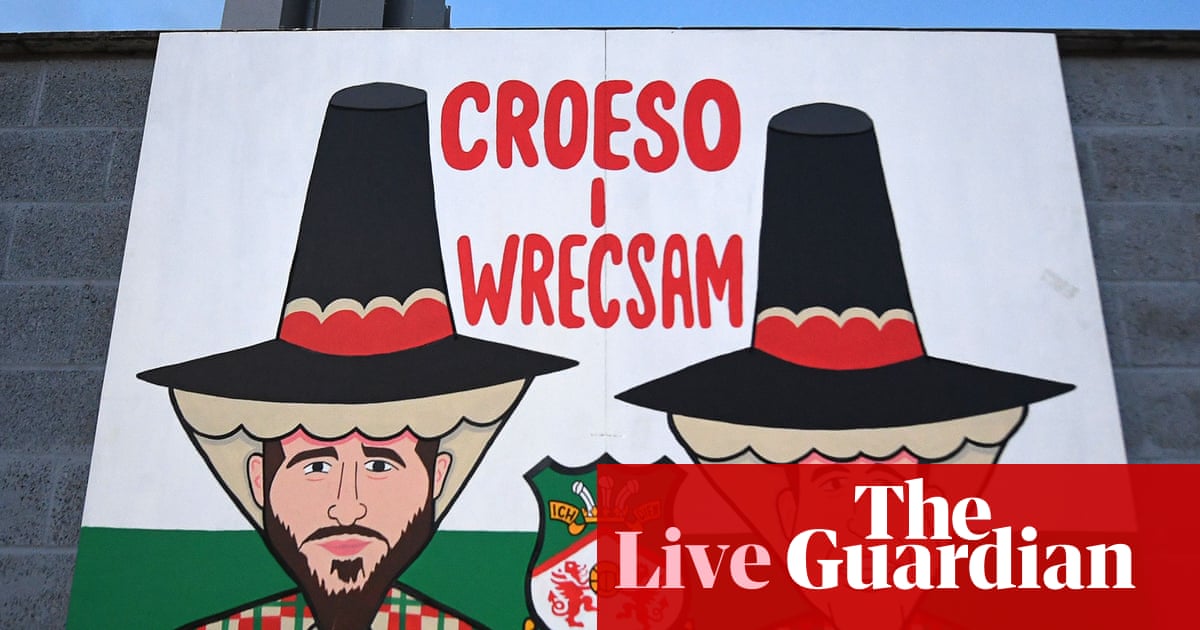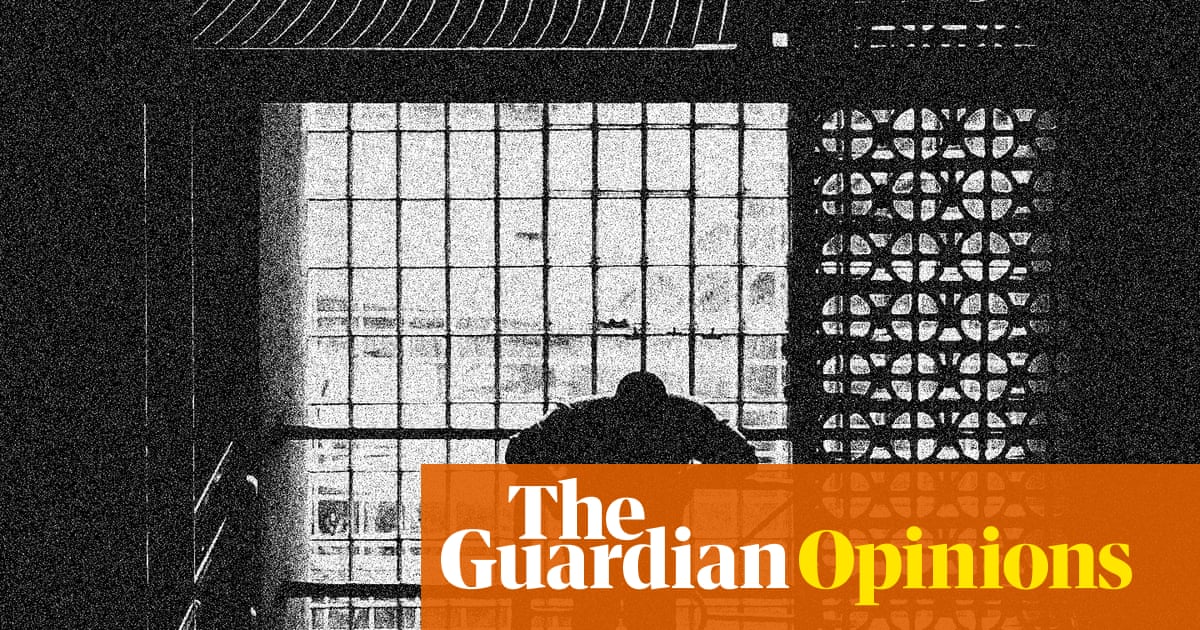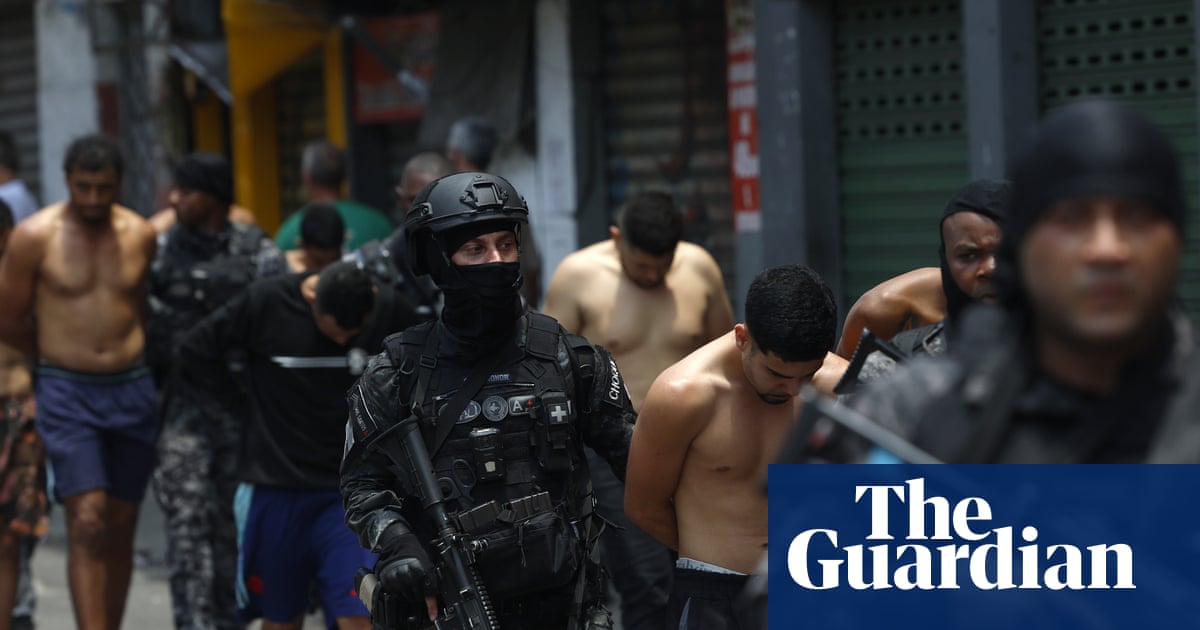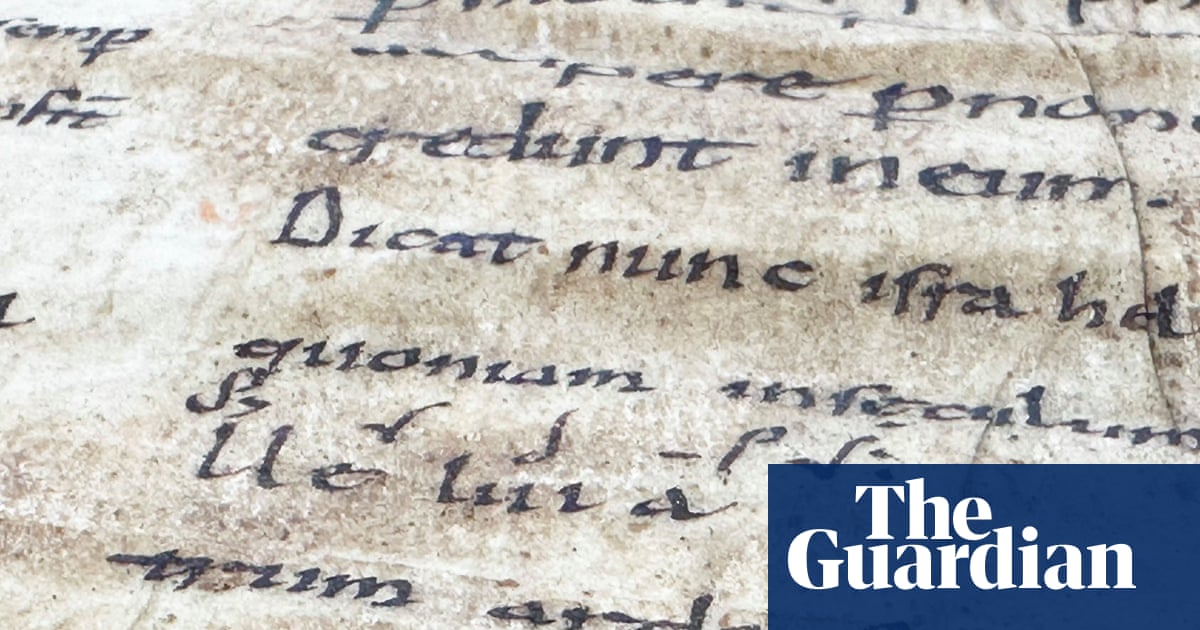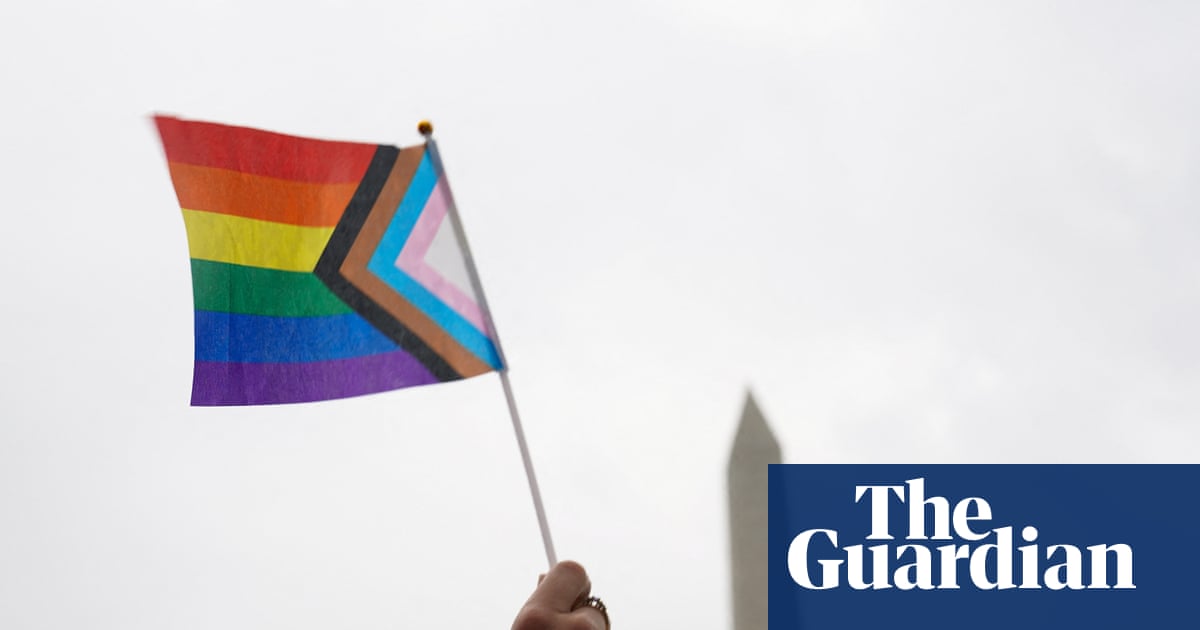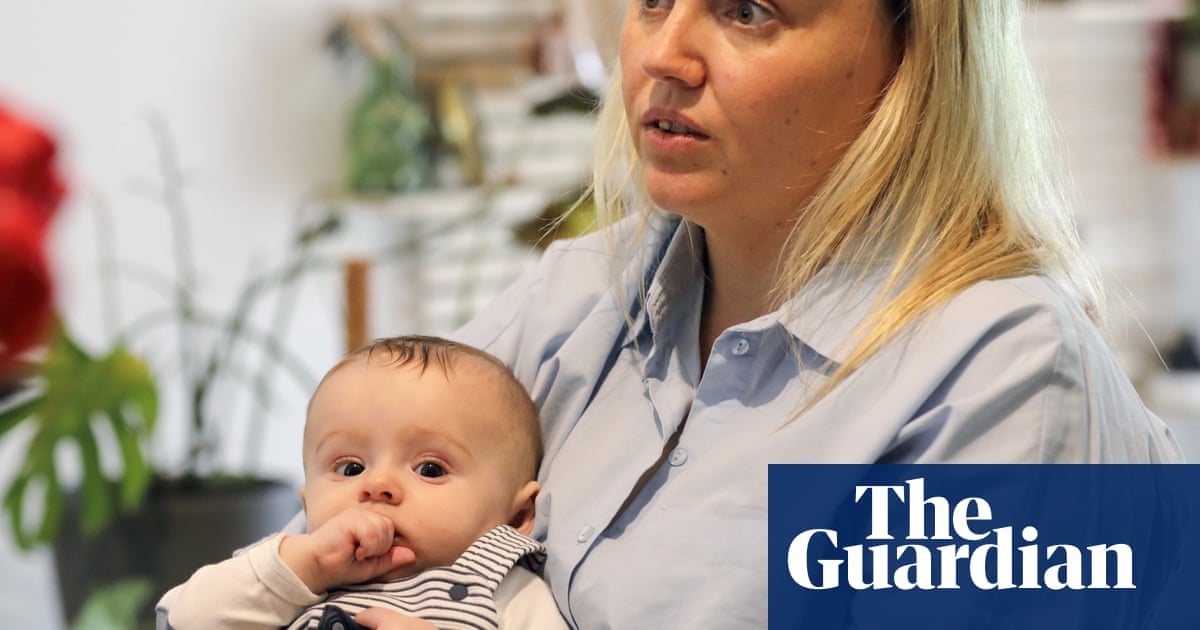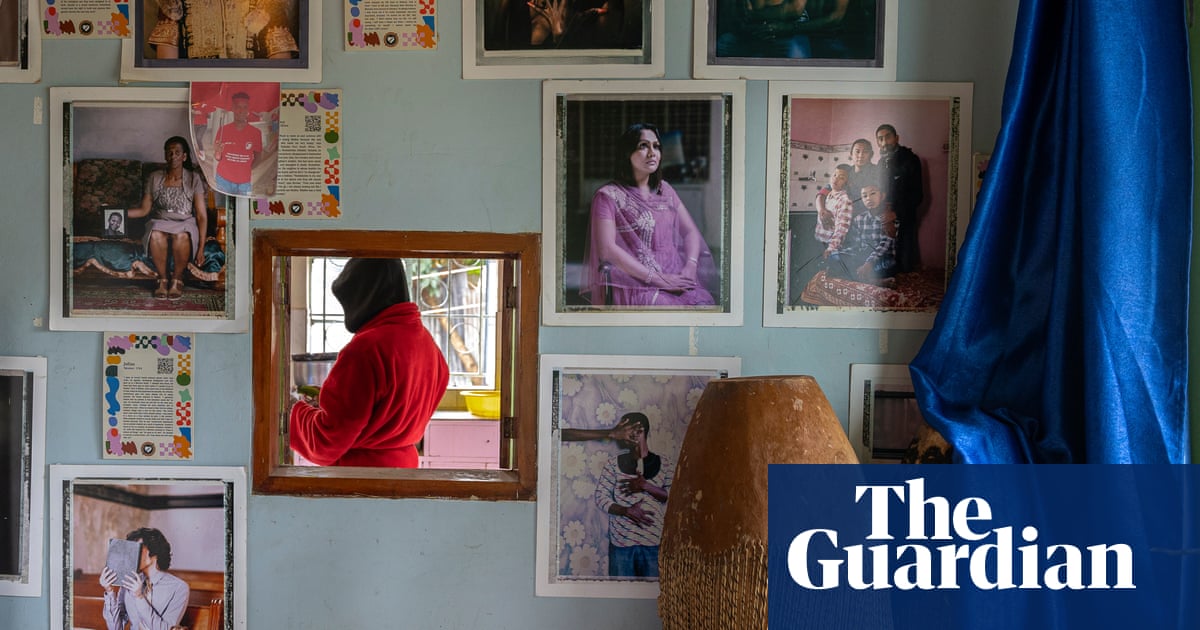A young girl played on a swing near a mass grave as the names of hundreds of children who died in a mother-and-baby institution in Ireland were read out during a memorial service late last year. The bright day turned to dark in the time it took.
Now, the playground near the site in Tuam has been dismantled and the long-awaited exhumation has begun. But why has it taken more than a decade since it emerged that those dead children were likely buried in sewage chambers on the grounds of a publicly funded institution run by nuns and the local council?
A technical drawing from the 1970s of the council housing estate built on the grounds showed “old children’s burial ground” written directly above “proposed playground”. Local authorities knew long ago.
News first broke in 2014 after Catherine Corless, who was working on a history project, tracked down death certificates for nearly 800 children for whom there were almost no burial records. She had gone to the Bon Secours Sisters, the Catholic organisation that ran the home, to the local bishop and the authorities. Little was done until she went to the media.
It is a vindication of Corless’s work that the exhumation is taking place, but also disturbing that it was never a certainty.
I had already started writing a book about survivors of Ireland’s institutions for “unmarried mothers” when a test excavation publicly confirmed “significant human remains” at Tuam, dating to the time the nuns ran the home, between 1925 and 1961. In 2018, the public was asked what should be done. I keep thinking of the “talking stone”, a lump of grey felt handed around a public meeting organised by Galway county council, which owned the site, in a Tuam hotel. We were asked to hold it and say what we wanted to happen about a mass grave of babies. Options ranged from memorialisation alone to the full forensic excavation happening today. While it was important to talk about it, it also felt surreal and even wrong, with some people asking why the site was not being treated as any other crime scene.
One man described Tuam as “ground zero” and begged: “Dig those bodies up, every one of them, all over the country. Give the children some dignity.” Even if one family was able to get an answer, it was worth it. A woman from the housing estate pointed out that she had “no right to tell a survivor you cannot identify where your brother or sister is” and hoped the children would not be left “in a cesspit with just a plaque”.
It was survivors, families and all those who wanted the truth for them who fought relentlessly against an ongoing silence from church and state. It was activists such as Izzy Kamikaze, who found an old map showing cesspools in the grounds that were known locally to have included a burial site. Bones had been found sporadically down the years.
As the former Irish president Mary McAleese said about systemic abuse: “We heard it through the media, we heard it through the courage of victims, we heard it through lawyers, we heard it through government. We never really heard it openly, spontaneously from our church.”
I would say we never heard it first from those in power either, even when, in the case of the Tuam children, they had access to the information long before, from earlier investigations.
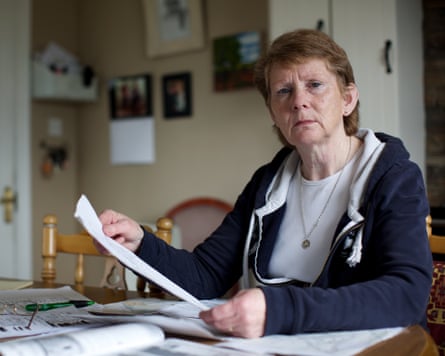
At a council meeting in the 1960s, an influential politician argued against the impending closure of Tuam, saying, “The county has the benefit of the money spent there.” I reported how a Tuam survivor fostered by the same politician spoke of abuse and exploitation for labour. She died before seeing any justice.
“Our Lord was crucified and so were the women of this country,” PJ Haverty, a Tuam survivor who first took me to the burial site, told me. “The nuns had power, it was all about money and it was all about power.” His mother had gone to the nuns day after day trying to get her baby back.
Tuam was just one in a system of institutions that operated until as recently as 2006, where unmarried pregnant women were sent to give birth, were effectively incarcerated and, in many cases, were forcibly separated from their children: more than 50,000 mothers and more than 50,000 children. A commission of investigation, forced by the news of Tuam, began in 2015 and concluded in 2021, finding that 9,000 children had died in these “homes”. But it called the institutions “refuges” and dismissed survivor testimonies about the inhumanity and abuses. The official redress scheme now excludes thousands of survivors, seemingly to cut costs.
In 2018, during the government press conference announcing the decision to excavate, I was told by the then children’s minister Katherine Zappone that Tuam could set a precedent for other institutions. There are many families still searching for answers. There are also mass graves on the grounds of similar institutions in the UK, the US and Canada. The crimes of the Catholic church are global.
At the memorial last year, Tuam survivor Peter Mulryan told me he didn’t want to sign the legal waiver required for redress, under which recipients agree not to take any further action against the state about their experience, so preventing any legal justice, describing it as “another insult to survivors”. But, at 81, he felt he had no choice and is happy others are taking the case to court. Mulryan was one of many Tuam children “boarded out” to a farm, and he told me he was brutally exploited there, with no justice or redress. His mother was sent to the Galway Magdalene laundry for the rest of her life. Corless found a sister he never knew about, who had died at Tuam. He has spoken out for most of a decade, hoping to find her.
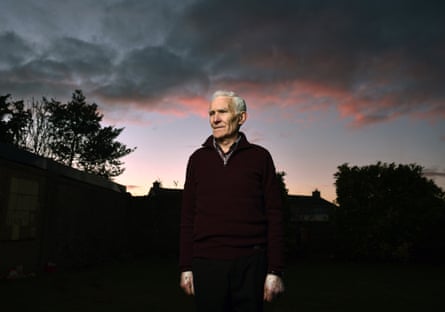
Religious sisters did speak to me for my book, but were often silenced by superiors or after legal advice. Meanwhile, voices from within the religious right, including the president of the Catholic League in the US, have called Tuam “a hoax”, in a country where reproductive rights are rolled back and Catholic hospitals have increasing influence. The Bon Secours order is part of an international healthcare conglomerate worth billions in the US.
Terry Prone, whose PR firm acted for the Bon Secours Sisters, wrote a now infamous email when the news first broke, calling it the “O my God – mass grave in West of Ireland” story and warning a French TV journalist: “You’ll find no mass grave, no evidence that children were ever so buried.”
At a reading of my book, a man repeated the hoax claim, even after public photos from the test excavation showed the slits in a huge tank, making any proper burial impossible, the blurred photos of infant bones inside, and a baby’s blue shoe. Despite this, religious and political conservatives in Ireland, rallying against recent progressive changes, have even argued for bringing back such institutions.
From the earliest years, the state knew that “illegitimate” children in these institutions were dying at sometimes five times the rate of children born within marriage. Death certificates show children dying of malnutrition, or marked as “imbecile”, one boy convulsing for 12 hours before dying. The children’s lives were not valued.
I think of Julia Devaney, a domestic worker in Tuam, who described it in taped interviews as barracks-like, smelling of the wet beds of frightened and deprived children, while nuns treated officials from local authorities to lavish dinners on the grounds. Devaney said a nun who worked there left the Bon Secours because of what she saw. “They knew well that the home was a queer place, ’twas a rotten place,” said Devaney. “I feel a sense of shame that I did not create a war.”
Survivors are still fighting their long battle for truth and justice, hoping similar injustices will never be repeated. I believe that even today church and state perpetuate the silences and inequalities that led to a mass grave of children. This excavation can be a reckoning, a reminder to those in power to listen to those who are owed real accountability: the survivors and the families of the many children who can no longer speak.
-
Caelainn Hogan is an Irish journalist and the author of Republic of Shame

 3 months ago
44
3 months ago
44







